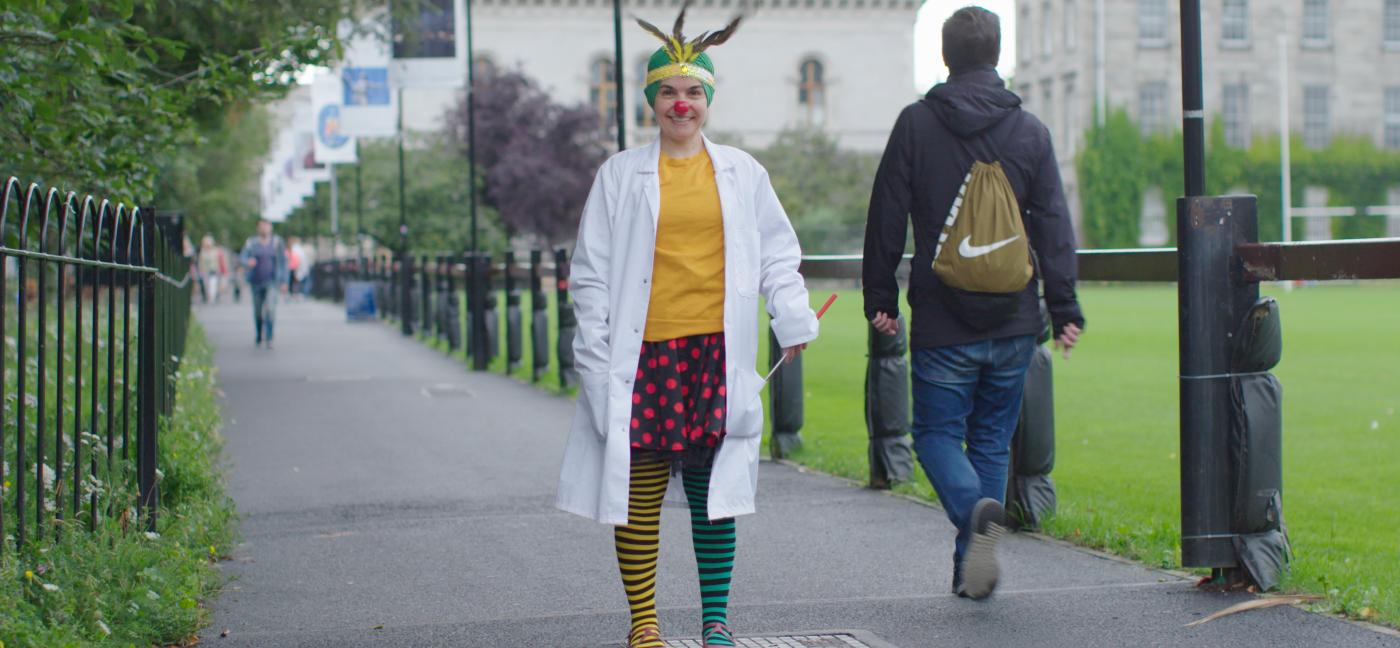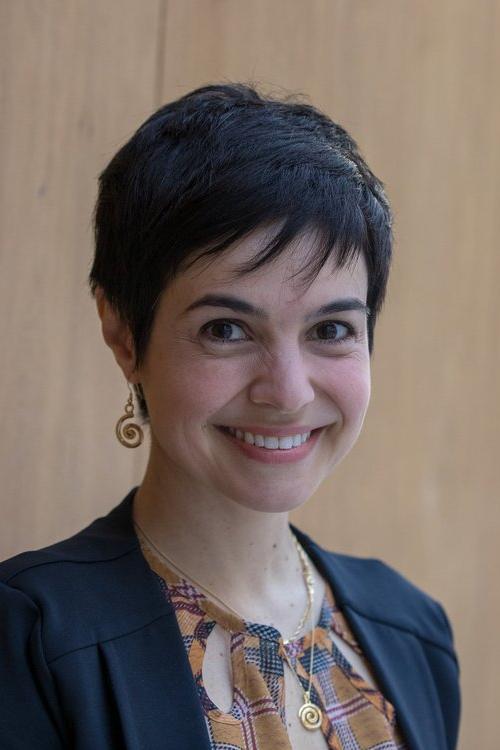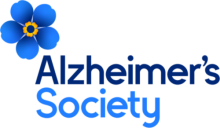Overview
Stroke is the major cause of death and disability in Brazil and those affected by stroke are at risk for dementia. Older adults represent the majority of those who survive a stroke and live with aphasia in Brazil. They face long-term care inequities, as many develop chronic aphasia and are unassisted and dependent on caregivers who do not receive support. Frustration during communication and stigma intensify isolation and reduce well-being. Theater promotes well being and stimulates people with aphasia to use several channels of communication and to increase confidence in communication. A great part of the art of clowning has developed from Theater. One of the most salient aspects of clowning with people who live with aphasia may be that it does not focus on their repair but on their creative expression. This may shift perspectives and promote the pleasure of being oneself and discovering functional strategies of communication.
Project Details
This pilot adopts a pragmatic mixed method study for the implementation and evaluation of an active clowning program for older adults who survive stroke and live with chronic expressive aphasia in the south of Brazil. Specific Aims include (1) To verify the possible effects of active clowning concerning functional communication, quality of life and self-efficacy; (2) To investigate participants’ goals, perceived experiences and self-evaluation of attainment; (3) To explore the dynamics of interactions concerning types of communication (instances of verbal, non-verbal and mixed expression of ideas); playfulness (instances of receptivity and initiative in games); and emotional expression of the participants in clown improvisations; (4) To explore the perceptions of undergraduate students that participate as team members of the program; (5) To explore the perceived response of an audience to a clowning performance conducted by participants. Feasibility questions include response for recruitment and retention in the active clowning program.





